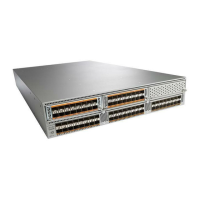
Do you have a question about the Cisco Nexus 5500 Series and is the answer not in the manual?
| Model | Nexus 5500 Series |
|---|---|
| Product Type | Switch |
| Operating System | Cisco NX-OS |
| Latency | Less than 5 microseconds |
| Virtual Device Contexts (VDCs) | Up to 4 VDCs |
| Operating Temperature | 32 to 104°F (0 to 40°C) |
| Storage Temperature | -40 to 158°F (-40 to 70°C) |
| Product Family | Nexus |
| Form Factor | 1RU |
| Forwarding Capacity | 950 Mpps |
| Management | CLI, SNMP, XML |
| Features | FCoE, QoS |
| Power Supply | AC or DC |
| Cooling | Front-to-back airflow |
| Redundancy | Redundant power supplies and fan trays |
| MAC Address Table Size | 128, 000 entries |
| Relative Humidity | 5 to 95% noncondensing |
| Power Supply Options | AC and DC power supplies available |
Describes the target users for the publication, focusing on experienced Cisco NX-OS device users.
Explains the formatting conventions used for commands and descriptions in the document.
Lists Cisco Nexus 5000 Series and 2000 Series documentation available online and their types.
Provides feedback channels and links for obtaining Cisco documentation and submitting service requests.
Lists topics related to new and changed features for Cisco NX-OS releases.
Summarizes new and changed features for a specific NX-OS release and where they are documented.
Configures the inherited and received bandwidth values for an interface.
Controls the beacon LED for a port to easily identify it.
Binds an interface to a virtual Ethernet interface or removes the binding.
Sets the profile capability for a virtual Ethernet interface.
Configures the carrier delay on a serial or VLAN interface.
Enables or disables Cisco Discovery Protocol (CDP) and configures its attributes.
Enables or disables Cisco Discovery Protocol (CDP) on an interface.
Assigns and configures a physical interface to an EtherChannel.
Clears statistical information from the access list.
Configures the interface throughput delay value.
Adds a description to an interface configuration for reminder purposes.
Specifies the duplex mode (full, half, or auto) for an interface.
Configures the Distributed Virtual Switch (DVS) name in the vCenter Server.
Enables IEEE 802.1Q encapsulation of traffic on a specified subinterface.
Configures the recovery time interval for interfaces in an err-disabled state.
Enables the ability to create VLAN interfaces.
Enables the private VLAN feature for configuring private VLANs.
Uses hardware hashing for multicast traffic on an EtherChannel interface.
Turns on high performance on the host for virtual Ethernet interfaces.
Installs the Cisco virtual machine feature set on the switch.
Enters interface configuration mode for an Ethernet IEEE 802.3 interface.
Creates a VLAN interface and enters VLAN configuration mode.
Configures port channel Link Aggregation Control Protocol (LACP) graceful convergence.
Sets the system priority of the switch for Link Aggregation Control Protocol (LACP).
Configures the aging time for entries in the MAC address table.
Creates a new Switched Port Analyzer (SPAN) or Encapsulated Remote Switched Port Analyzer (ERSPAN) session.
Sets the name for a VLAN.
Configures the interface as a Layer 3 Ethernet interface.
Configures pinning options for an interface.
Configures a unified port as Ethernet, native Fibre Channel, or FCoE.
Configures private VLANs, specifying isolated, community, or primary types.
Configures the hostname for the remote machine for SVS connection.
Configures the IPv4 address for the remote machine for SVS connection.
Shuts down local traffic on an interface or VLAN.
Enables Spanning Tree Protocol (STP) Bridge Assurance globally.
Switches between Rapid PVST+ and Multiple Spanning Tree (MST) modes.
Configures an interface connected to a host as an edge port.
Displays all interface information in the Cisco Discovery Protocol (CDP) database.
Displays a brief summary of the interface configuration information.
Displays information about the configuration of a specified Ethernet interface.
Displays the running configuration for the Spanning Tree Protocol (STP).
Configures the Unidirectional Link Detection (UDLD) protocol on the switch.
Enables and configures the Unidirectional Link Detection (UDLD) protocol on an Ethernet interface.
Enables automatic creation of virtual Ethernet interfaces globally.
Adds a VLAN or enters VLAN configuration mode.
Configures spanning tree designated bridge and root bridge priority for VLANs.
Configures the name of the VLAN Trunking Protocol (VTP) administrative domain.

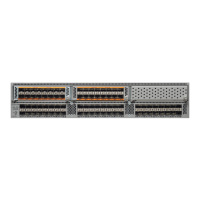
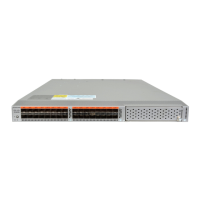
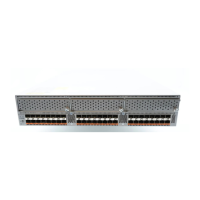
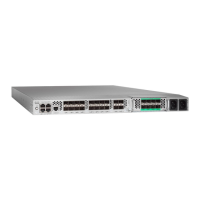
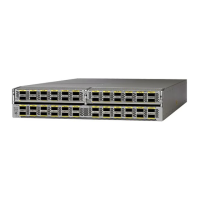
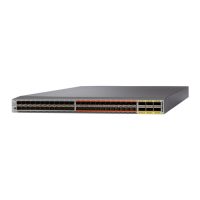

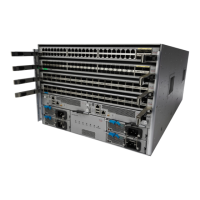
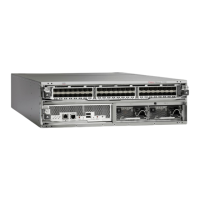

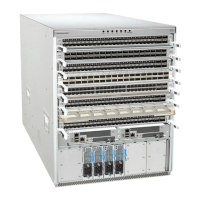
